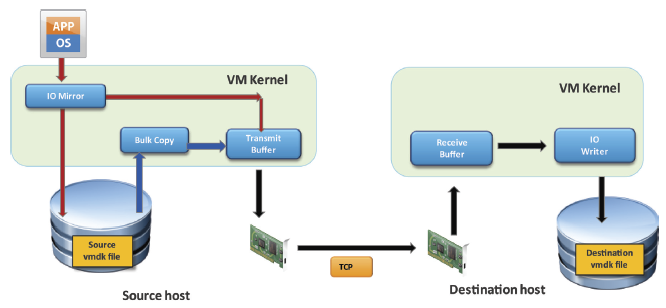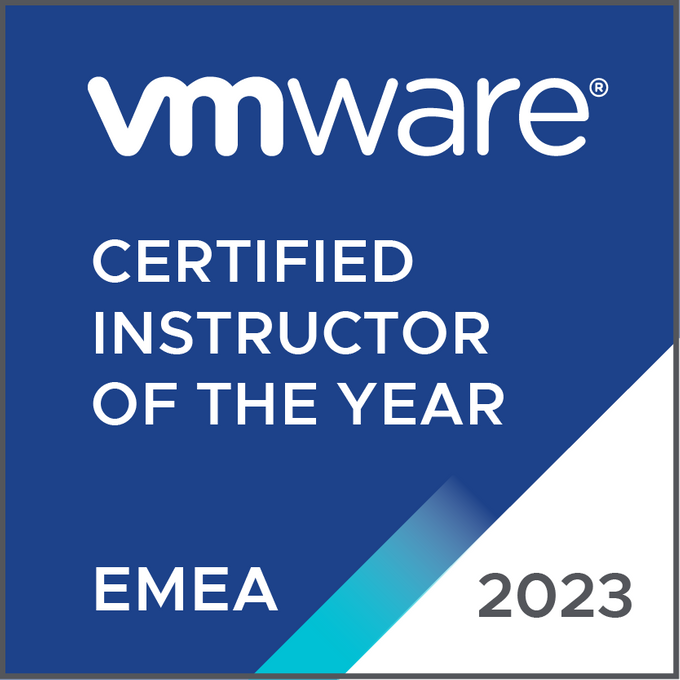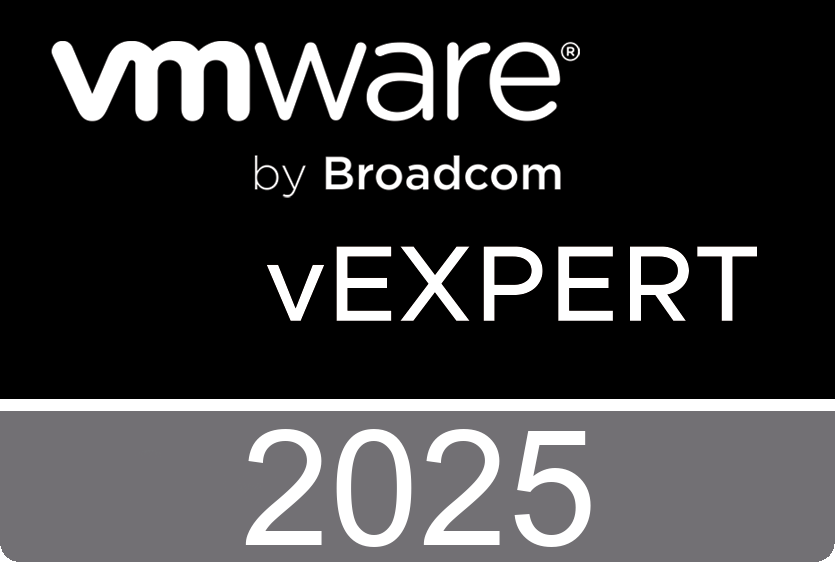VMware vSphere 5.1 vMotion presents a unified migration architecture that migrates live virtual machines, including their memory and storage, between vSphere hosts without any requirement for shared storage. This shared-nothing live migration feature offers administrators significantly more simplicity and flexibility in managing and moving virtual machines across their virtual infrastructures compared to the traditional vMotion and Storage vMotion migration solutions.
A series of tests were conducted at VMware Performance labs to investigate and compare the performance implications of vSphere 5.1 vMotion over the proven vMotion and Storage vMotion technologies in various scenarios including the migration of a database server and an in-memory application. In addition, live migration tests were performed over metro area network scenarios. Test results show the following:
- During storage migration, vSphere 5.1 vMotion maintains the same performance as Storage vMotion, even when using the network to migrate, due to the optimizations added to the vSphere 5.1 vMotion network data path.
- During memory migration, vSphere 5.1 vMotion maintains nearly identical performance as the traditional vMotion, due to the optimizations added to the vSphere 5.1 vMotion memory copy path.
- vSphere 5.1 vMotion retains the proven reliability, performance, and atomicity of the traditional vMotion and Storage vMotion technologies, even at metro area network distances.
VMware vSphere has provided the ability to migrate a running virtual machine across vSphere hosts from the earliest vSphere versions. VMware vMotion was the first live migration solution that provided the ability to migrate a running virtual machine from one vSphere host to another host, with no perceivable impact to the end user. vMotion brought enormous benefits to administrators—it reduced server downtime and facilitated automatic load-balancing. Because vMotion moved only the memory and device state of a virtual machine, it limited the live migration to hosts with shared storage.

Later versions of vSphere featured Storage vMotion technology that provided the ability to live migrate the virtual disks belonging to a virtual machine across storage elements on the same host. Storage vMotion brought additional valuable benefits to administrators—it prevented storage downtime and facilitated automatic storage load-balancing.
Together, vMotion and Storage vMotion technologies provided the ability to migrate the entire state of the virtual machine, including its memory and storage, across vSphere hosts. However, this live-migration solution was limited to the hosts that shared a common set of datastores. In addition, migration of an entire virtual machine required two separate operations, for instance vMotion followed by Storage vMotion, or vice versa.
vSphere 5.1 vMotion presents an integrated migration solution enabling live migration of an entire virtual machine across vSphere hosts without any requirement for shared storage. This live migration feature simplifies the management and movement of virtual machines across virtual infrastructures compared to the traditional vMotion and Storage vMotion migration solutions. More importantly, the new vMotion architecture retains the proven reliability, performance and atomicity of current vMotion and Storage vMotion technologies, even at metro area network distances.
http://www.vmware.com/files/pdf/techpaper/VMware-vSphere51-vMotion-Perf.pdf


